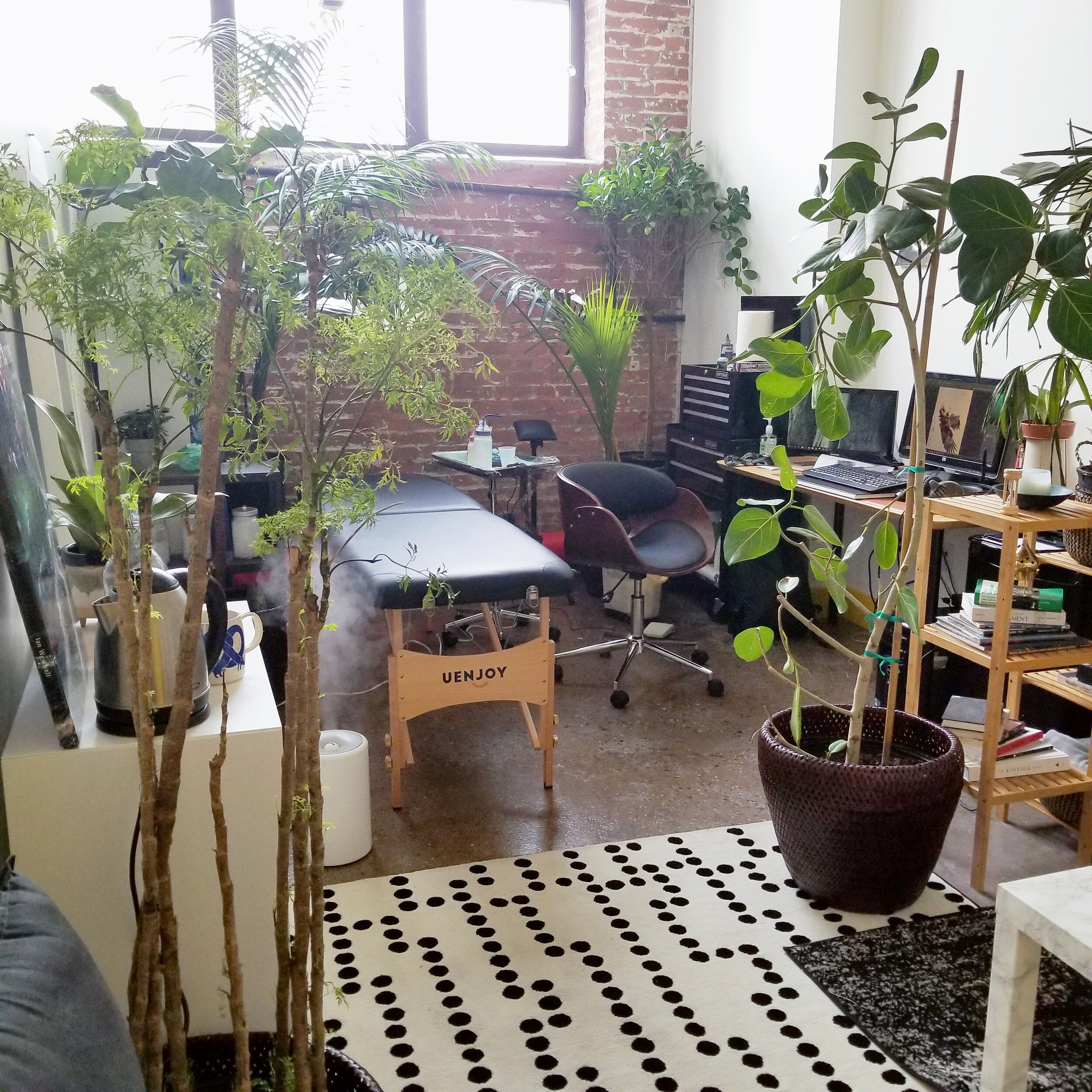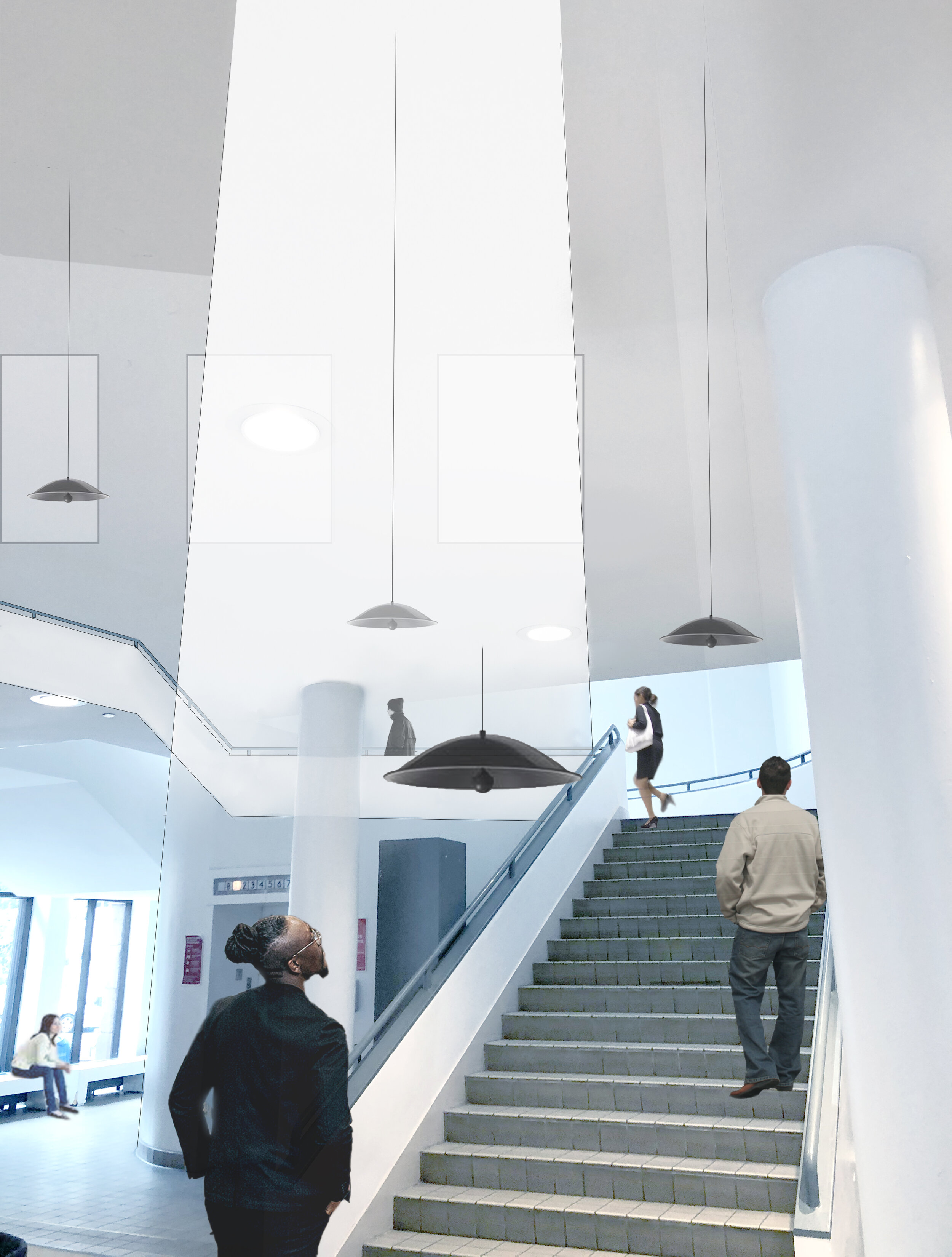Dear Other
2021 - 2022 Installation & Performance
Materials: Custom 3D printed supports, Ceramic planter, Glass tube, Plants, Mycelium, Soil, Moss, Aquarium, Steel stand, Arduino microcontroller with CO2 and VOC sensor, Welded steel dome with plastic cover, Modified breathing mask, Custom framed prints with bacterial culture on growth medium
Collaboration with MIT Nano Lab
This body of work questions the complexities of accessing the consciousness of another. How might we communicate with non-human organisms while being restricted by our linguistic constructs?
The artistic research inquires into non-human communication, particularly plant, fungi, and bacterial communication. Plants use Hydrogen Peroxide (H2O2) signals to communicate internally and use Volatile Organic Compounds (VOCs) to communicate with one another through air transmitted signals. They are also able to communicate electrochemically through mycorrhizal root networks (plant x fungi symbiosis). When it comes to microorganisms, research suggests a form of collective consciousness. Biofilms and quorum sensing could be equated to a sort of bacterial hive mind/consciousness. However, the work also asks, how might we engage micro-organisms at an individual level?
If plants, fungi, and bacteria can communicate across biological kingdoms, how can humans become aware of our extended engagement with other species as holobionts?

The installation sets up a hypothetical experimental chamber where plant communication can be observed. Through elements of condensation, fungi formation, and air particle fluctuations, one can contemplate the interactivity between the artificially constructed holobiont. The series of framed prints explore the concept of cellular consciousness proposed by František Baluška. By juxtaposing images at different magnifications the work points out the difficulty with searching for consciousness through the eyes of technology. By contrast, one can see the air within the frame being sucked out as the ecosystems within vie for growth in an enclosed system. A similar limitation of air can be seen in the collection of test tubes that explore ideas related to cellular micro-propagation.



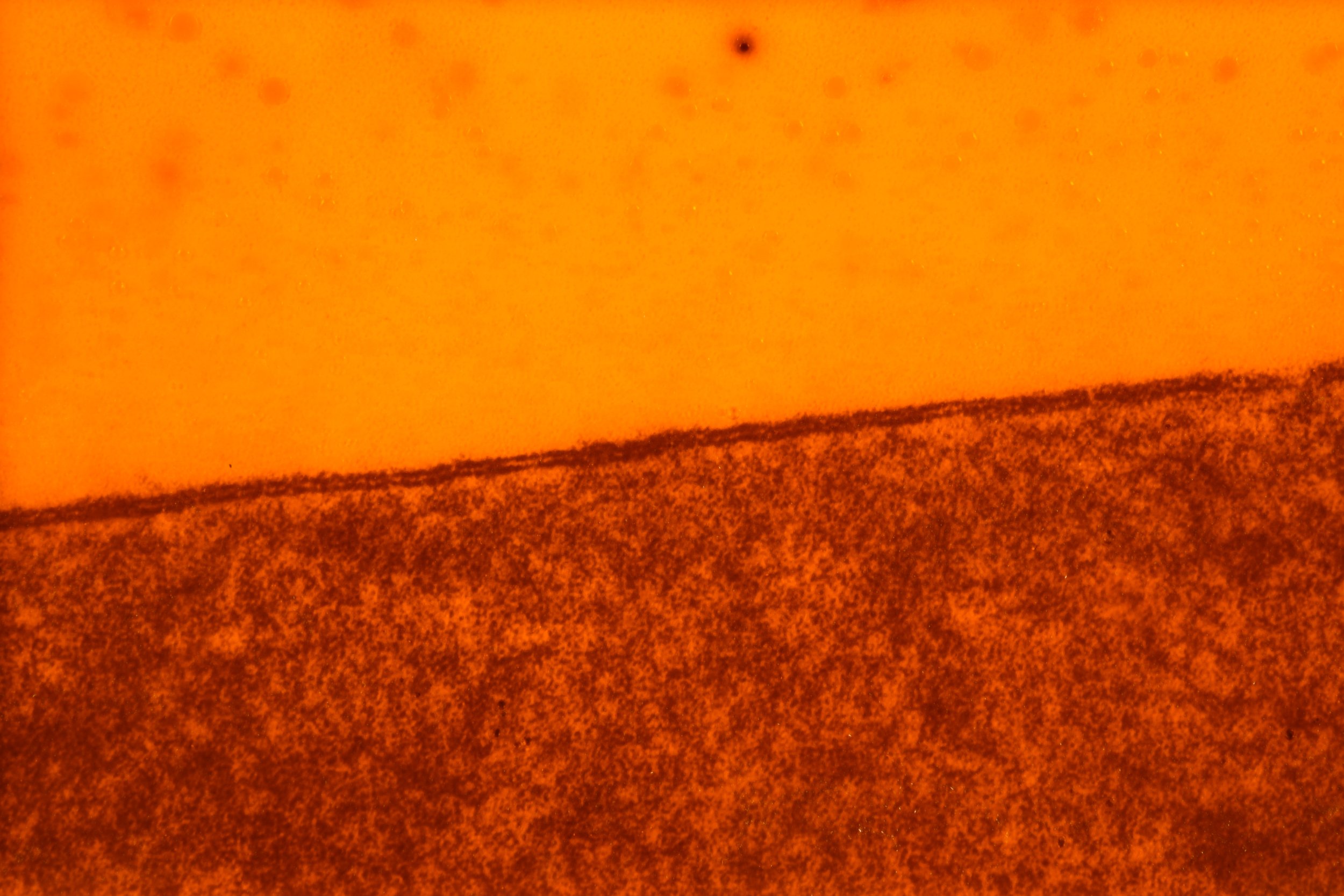
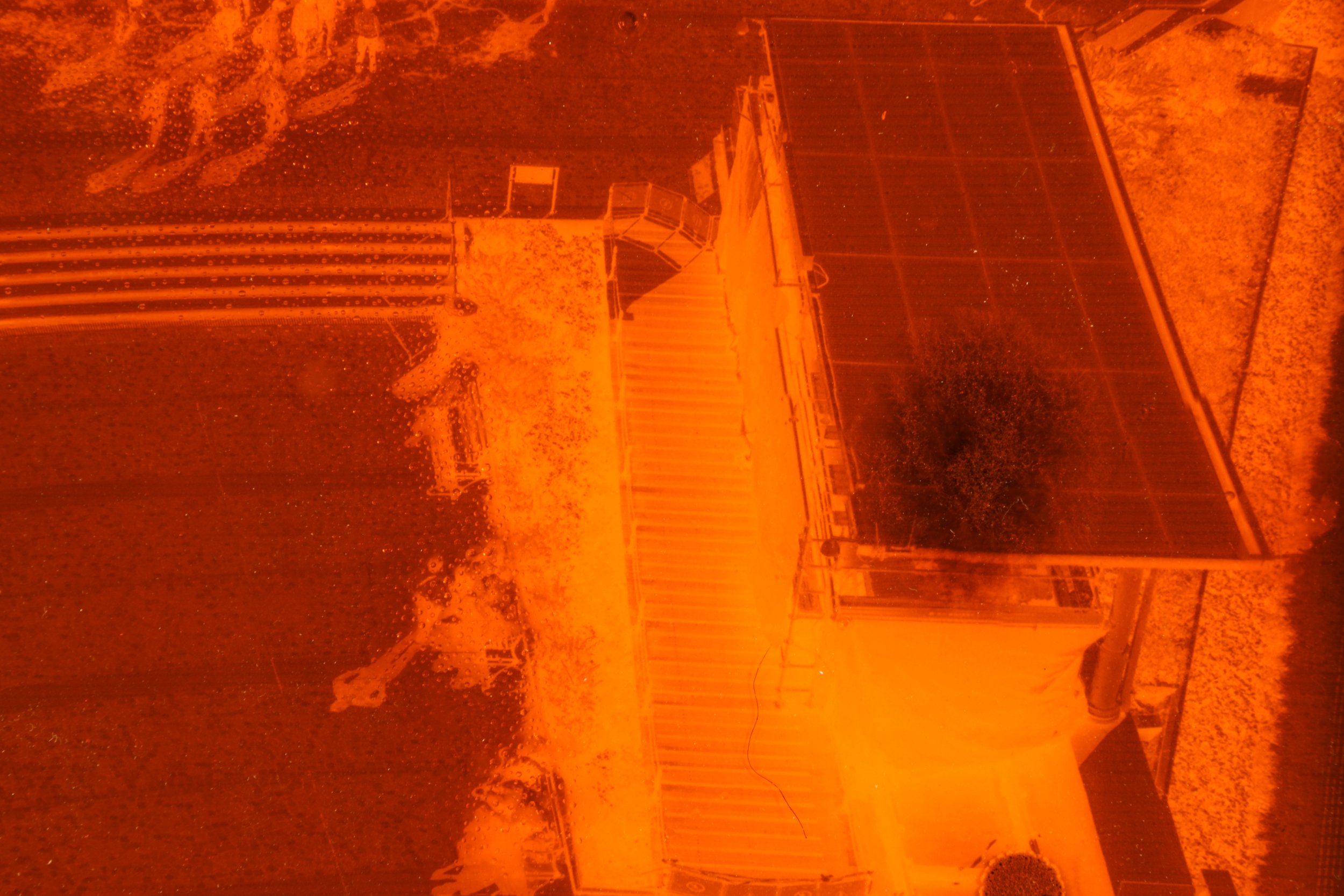
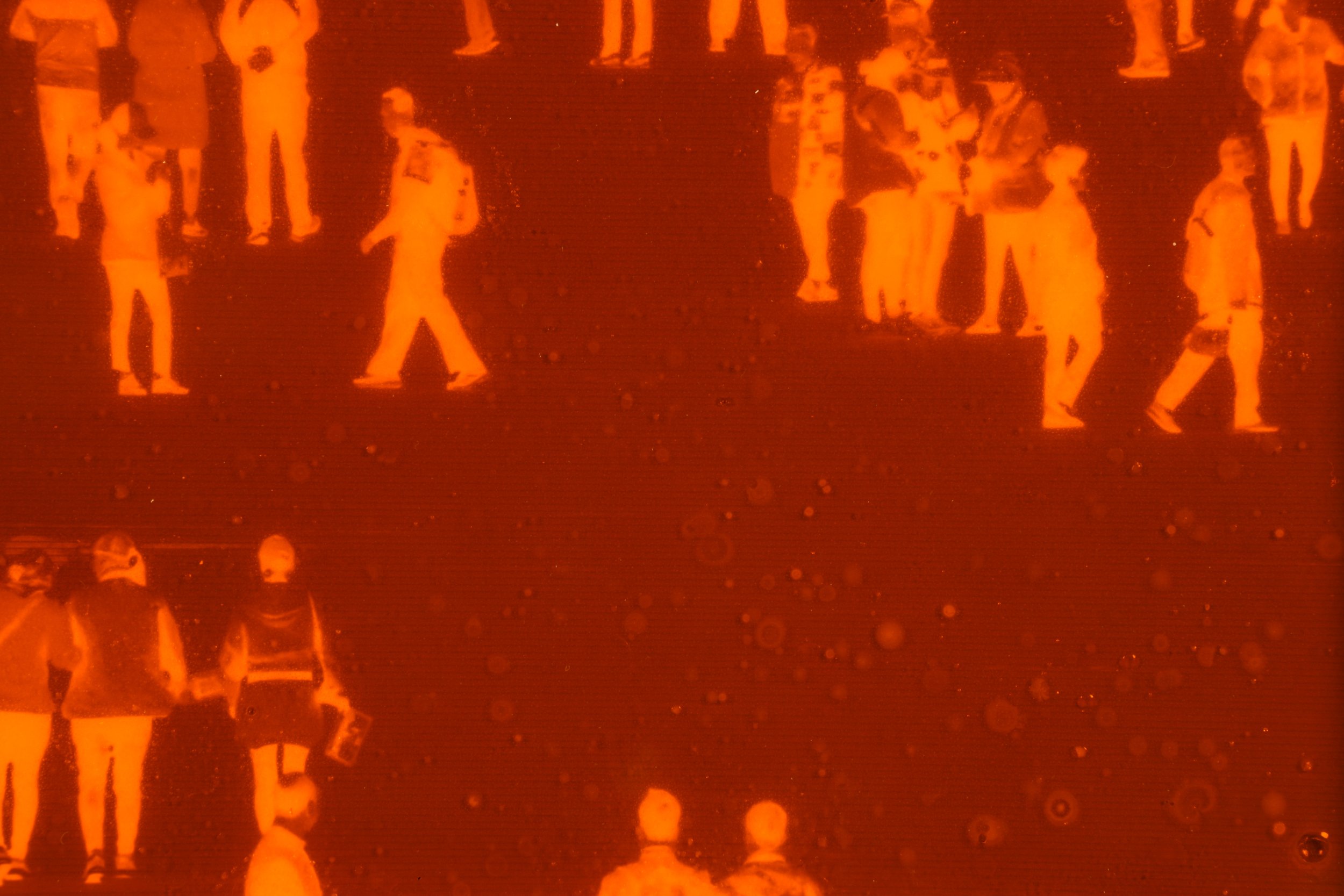
The artist's inability to construct viable ecosystems in their research practice has provoked the artist to insert themself into the ecosystems they have constructed. By continuously breathing into an air-tight chamber, the artist slowly oversaturates the air supply with CO2 - partaking in similar desperation for resources in a system that is not working.
How can we develop systems of viability while operating in the Anthropocene?
The politics, philosophy, and technology through which we engage such questions are the primary focus of my extended inquiry.

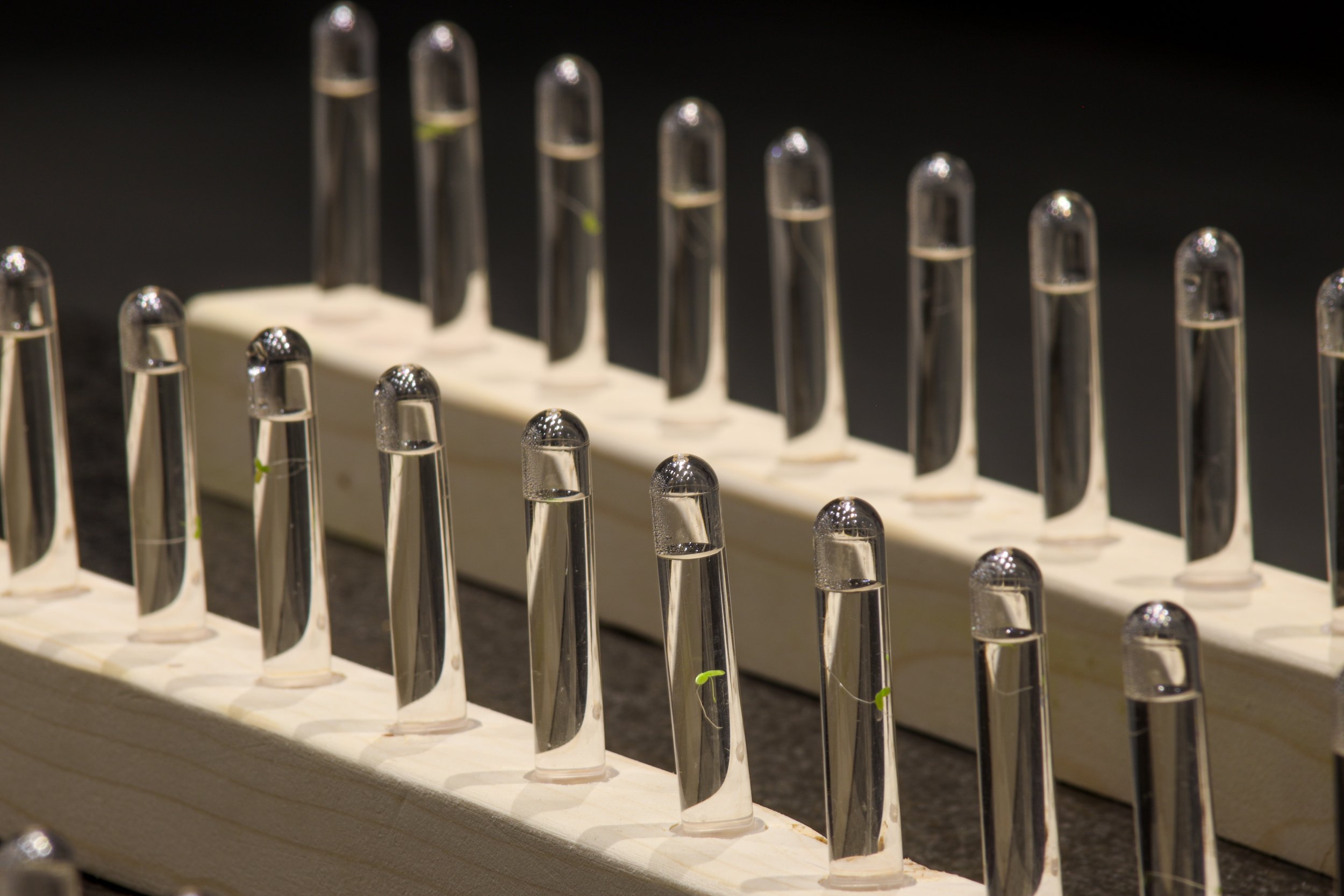
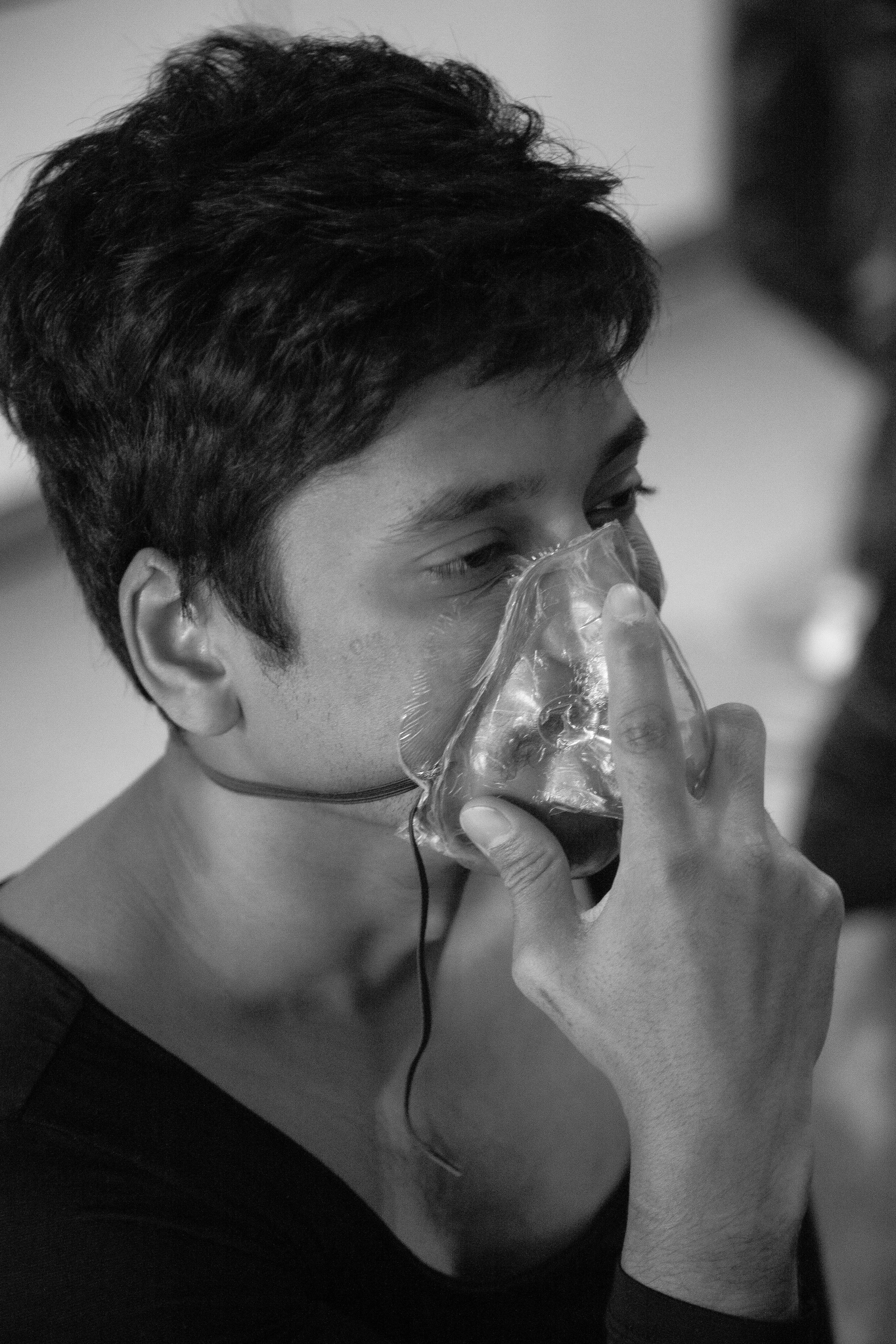
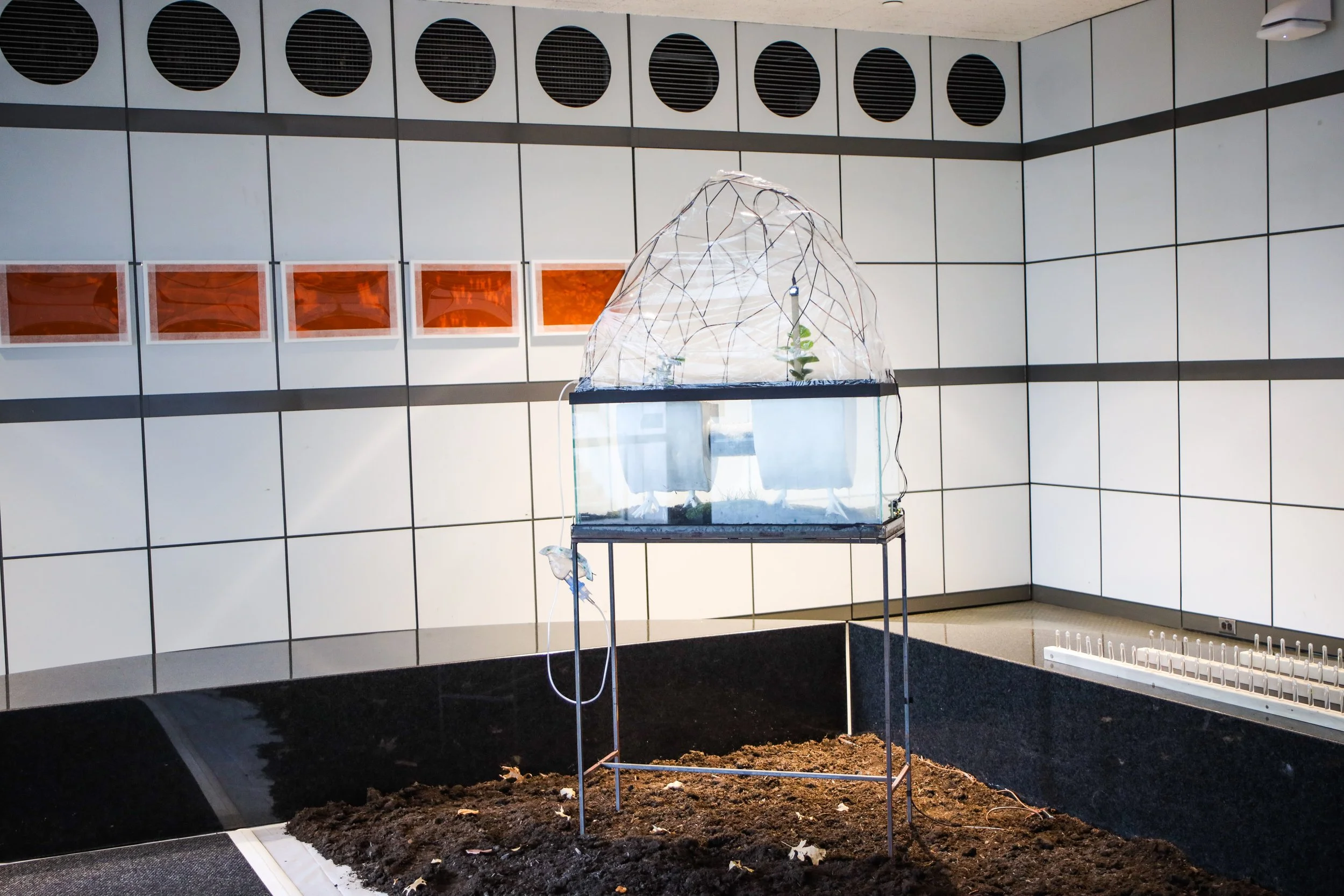
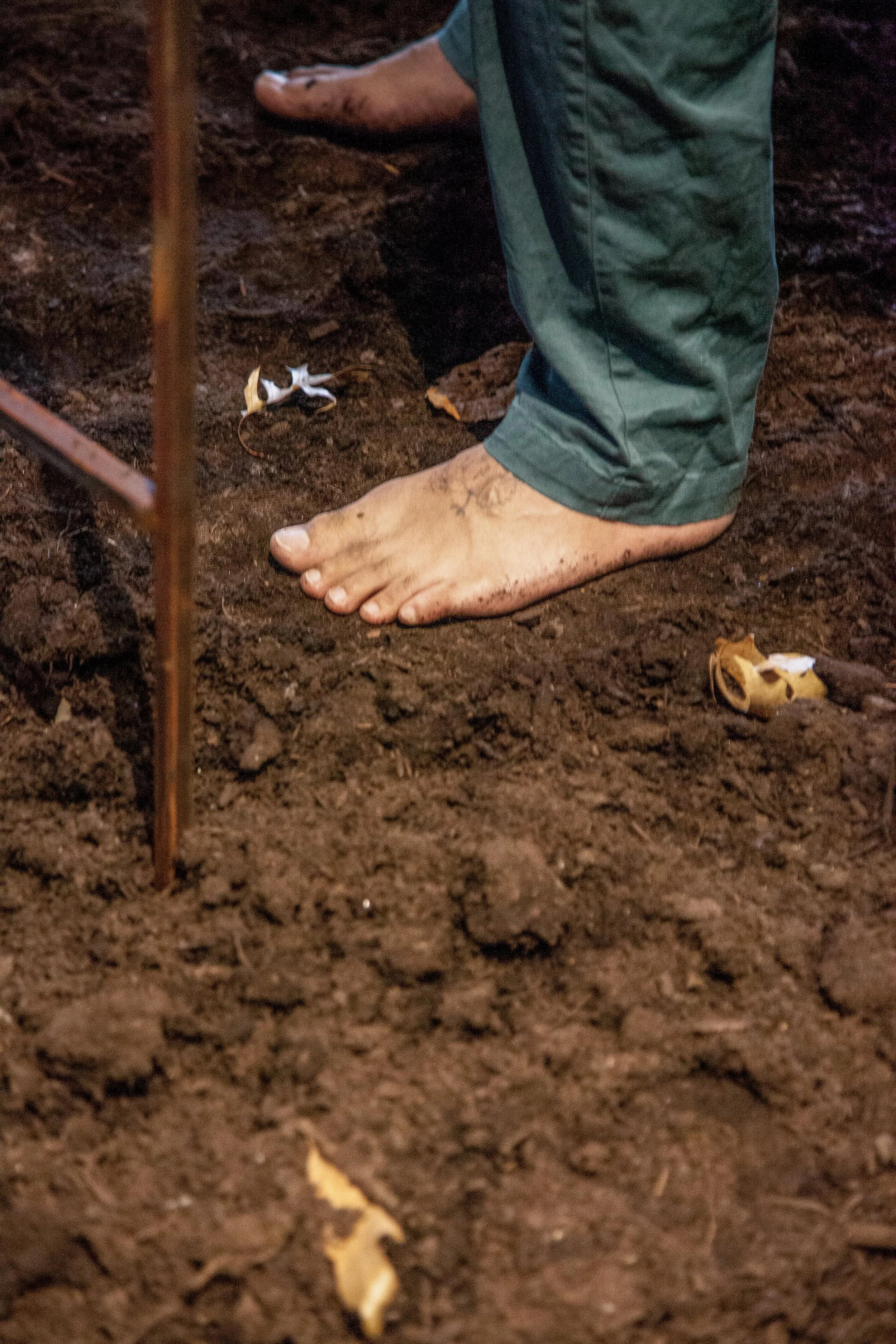
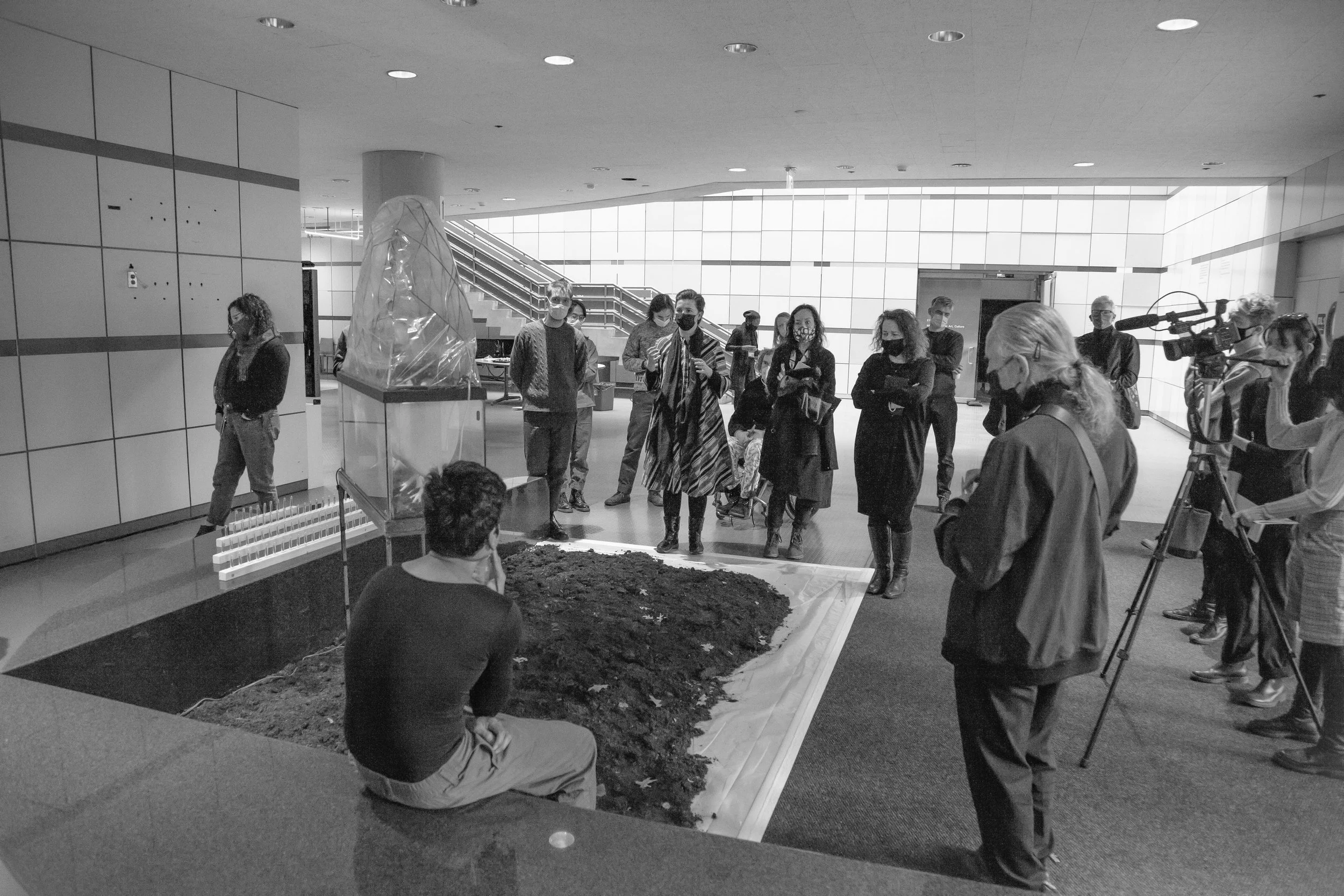
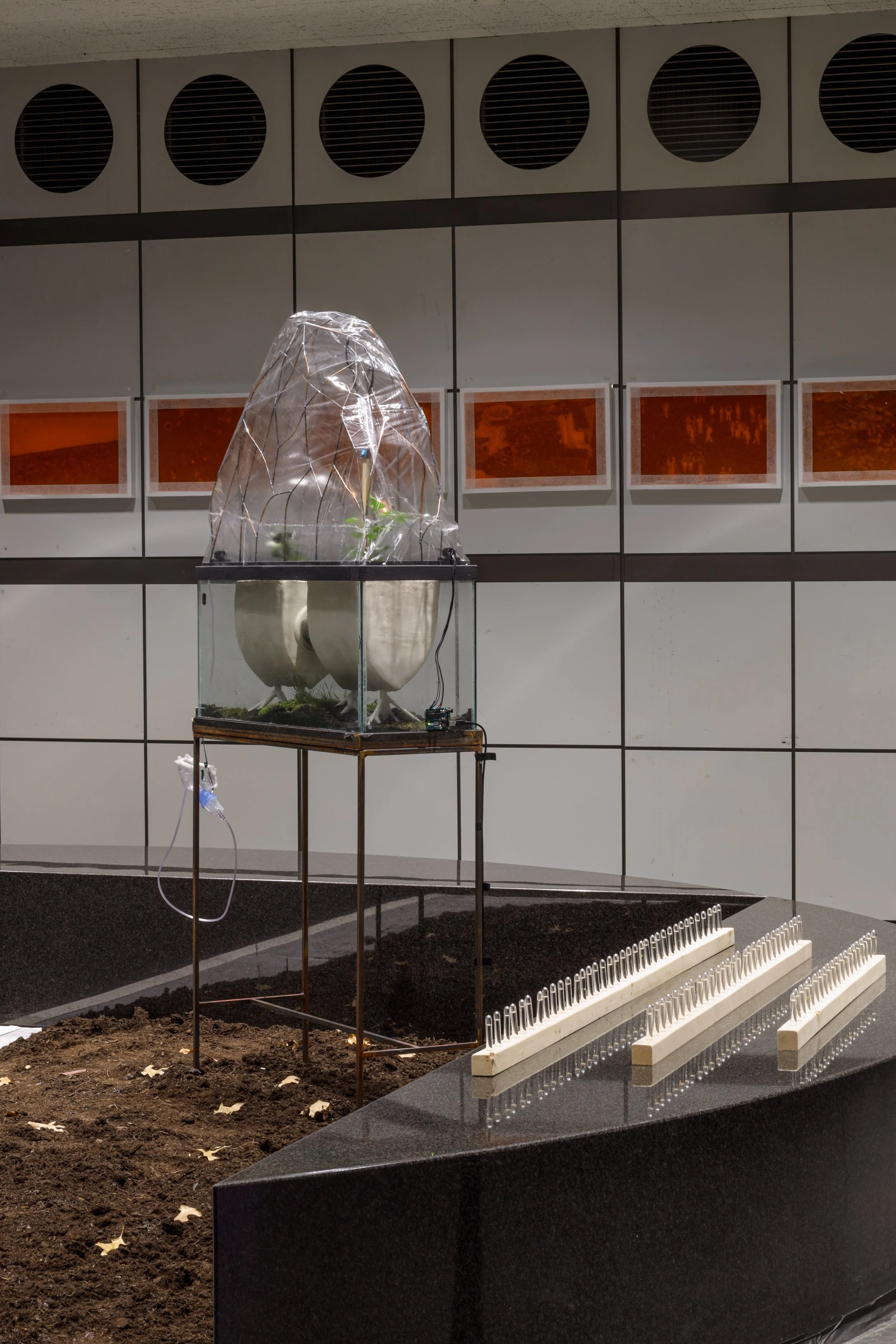
Beyond the performative installation, the work is also exhibited as a site-specific installation within the MIT nanotechnology building. The framed agar plates were photographed and then reprinted to create the cellular building blocks of this installation. The individual image units organize and compose the walls of the Lisa T. Su building in an intuitive growth pattern, akin to microorganisms filling up a petri dish.



